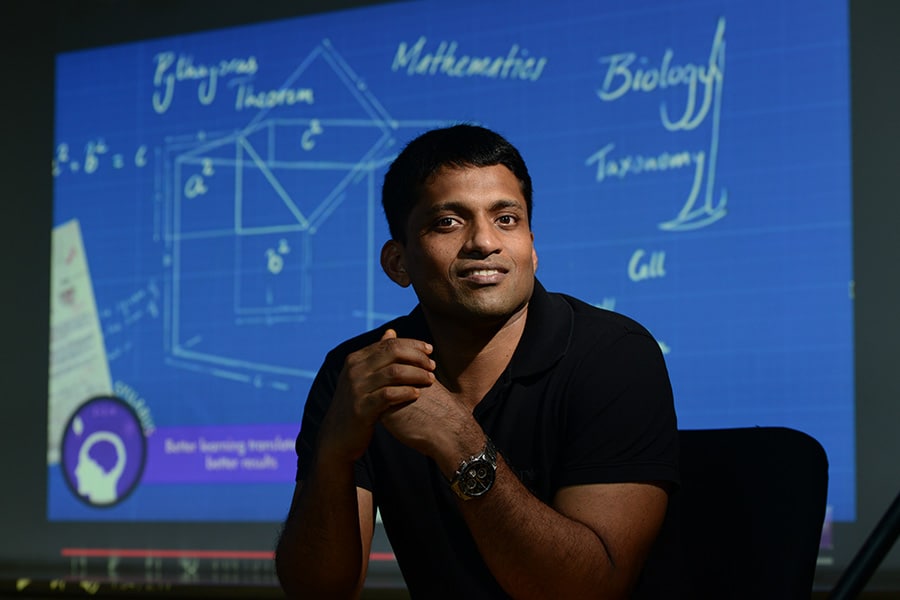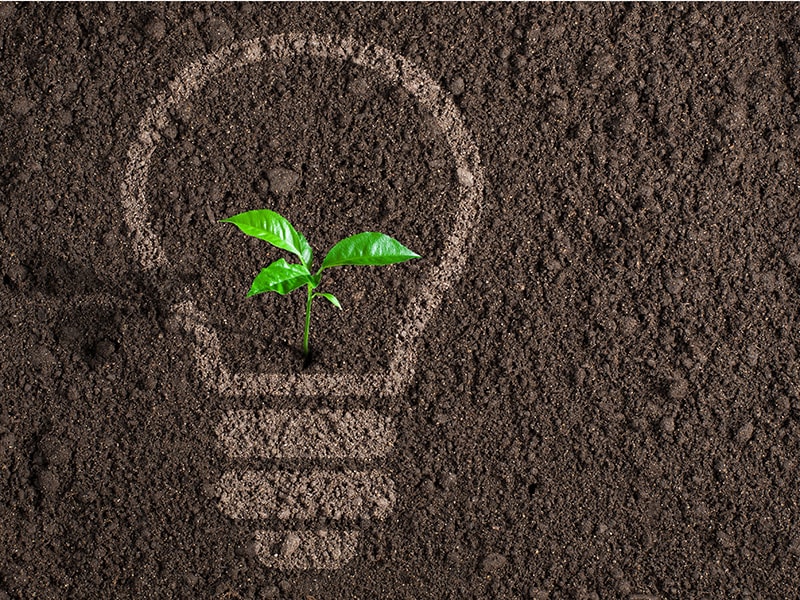We are building a postal service for Indian cities: Dunzo's Kabeer Biswas

Kabeer Biswas
Kabeer Biswas heads a five-year-old hyperlocal delivery venture called Dunzo Digital. It clocks an astounding 2 million transactions per month. Mobile users love the Dunzo app. But Biswas is also solving the tough last-mile delivery for shopkeepers and local commerce. The co-founder and CEO of Dunzo Digital met Forbes India to talk about the method behind the daily madness.
Tell us about your time at Airtel, and the very interesting role you played there.
I did sales for a bit and then went on the build products around social, location-based services and networking. This was a long time ago, I think the first iPhone had just launched. Telecom operators had a lot of ambitious plans that the internet ended up doing eventually because they controlled access. Telcos wanted to build large networking, many location-based services and map-based products. It was very, very interesting to work on.
During my time there, Airtel had built tech which could determine your location with a fair degree of accuracy (about 70-75 metres) because your phone was hooked onto some cell tower. It didn’t need the user to switch on maps or even have a smartphone. Just about any mobile device could be placed on a map within 75 metres accuracy, which would have been great to build and offer a lot of services. It was a very interesting time for telecom operators.
How did that experience help you build Dunzo?
I took away two things from that experience. The first was that if you want to build a big and impactful product nimbly, it is difficult to do it in a large company. The second takeaway is to constantly stay ahead of the tech that is going to come in the next five years. If you don’t, the new wave of technology will entirely disrupt you. It can take out entire businesses. These two lessons make us at Dunzo invest in the frontier of tech all the time. We are willing to compromise gains if we can invest our resources to make gains in five years.
What made you take Dunzo into hyperlocal delivery—a space that everyone was scared to be in in 2015?
We must have really taken off in 2016. In 2015, we were largely going around and asking people what they wanted to get done. We used to get orders on Whatsapp and I used to run them down. The one thing about us that has been constant from the very beginning is that build what our users want. We’re not building because food or grocery deliveries are getting popular. We’re just building a system because our consumers want it.
Take for example, hyperlocal delivery of anything and everything within the city is not really a category, but it’s 30 percent of our business, and is profitable. There are a lot of people who need to send things from point A to point B. They said, ‘I need to get this done’ and we built backwards form there.
So while we have always been rooted in what consumers want to get done, we are also very conscious about the economics of what we are building. Having said that, I also honestly think competition doesn’t kill any business. It’s a little foolhardy to think competition can kill you. There are massive markets in India with massive consumer adoption. You just have to show up every day, keep your head down and keep building what you believe is the right user requirement.
Dunzo’s mission is to take something from Point A to Point B for half a dollar. How does that work out?
In 2016 when we looked at our data to find out what customers expected of us, we made a big, interesting decision at the top—that we are building what looks like a postal service for an Indian city. It was like any other courier service, but what mattered to us was that we can get it done predictably and at a particular cost from Point A to Point B. We’re not building a food or grocery delivery business, we’re building a delivery business.
Once we had that insight, we built a marketplace which could find the cheapest way to get the job done. In the geographies where we are profitable (parts of Bangalore and Pune), the average cost of delivery is down to $0.60. So we’re not very far from the goal of half a dollar. We could do this because with more volume, delivery partners have a chance to earn more while making sure we have to pay them the least per transaction. And this math insight is what Dunzo was built around.
What makes Dunzo safe from better-capitalised competitors?
Our average delivery time is 24.5 minutes. There is top-of-the-mind brand recall and retention. However, users will adopt anything that is cost efficient, convenient and quick. So we have to be ahead of competition in terms of price, selection and speed.
We’re building a real differentiator on the merchants’ side to lock down selection, build tech for them to ensure fresh inventory than competitors’ and ensuring greater transaction volumes in their area. One important differentiator is we get the right number of merchants to cater to the traffic in a particular area and the needs of the customer. We comb through our data to find null-searches and calibrate merchant supply accordingly. For example, there was an area in Bengaluru where customers were searching for meat but there were no stores to fulfil it. Once we had that insight we asked one of our larger partner-merchants if would set up a store within half a kilometre radius of this area, and we will help it be profitable in 45 days, given the amount of volume we already expected. They put up a closed store with no footfall and with orders from Dunzo they turned a profit in 30 days.
So you really need to lock the supply down by building demand. Having said that, the tech that you build has to be more efficient and allow them—merchants and delivery partners—to make more money. That’s the key.
What are some of the technologies that has benefited you in building Dunzo today?
Today with an API I can figure out what your location is and how best to get someone on the road to reach you. This was impossible in 2013. You can rewire a lot of existing tech do build new experiences today. I think nobody really thanks smartphones, Google Maps and the fact that everybody out there—5 billion people in the world are all connected today. Those are three really large building blocks for any technology business to be building itself in the new decade.
A smartphone in every pocket allows us to build experiences that can become real time in nature as you are able to connect literally anybody in real time. Since location is very important in every transaction, Google Maps is a winner for what it allows people to build.
How do you sensitise Dunzo’s delivery partners in using tech?
We think about our people and partners like our consumers. Their needs include a better experience of being on the road and making sure their earnings go up. When we stay focused on these two things consistently while building up, we see them adopting all kinds of tech. It’s important that we don’t build something they don’t understand. We might get things wrong every now and then, but we learn and fix it quickly.
There’s a really fun example of this. Every time a Dunzo partner gets an order, there is a really, really, really loud sound that plays. It could shatter empty hallways. But we had to rework that 18 months ago because after it went live we got feedback that it plays really loudly even when they have earphones on (Laughs). We fixed it so that it only vibrates when the earphones are on. Small changes like these are iterative but go a long way in user experience for our partners. Our maps also keep getting better—we are integrating something so that their tracking distances are correct.
How did you use AI and ML to improve order time?
Our average delivery time (24.5 minutes currently) used to be 45 minutes about 18 months ago. We have made a lot of investment to cut this. To ensure a perfect transaction we need to be able to predict the behaviour of users, partners and merchants. Till we do this, we cannot drop time.
Today we are still learning and figuring out how to accurately predict the exact points in a particular geography where orders will come from in, say, the next hour. That’s our number one requirement. We also need to ideally be able to predict the drop point. Our delivery time is actually starting to get a lot better because we’re able to predict search, hotspots, optimal time to log on for more orders in a particular area, and so on. There is a lot of work going in to maximise the probability of delivery partners reaching the pickup location within 2.5 minutes. We need to keep investing in the tech and self-learning algorithms. It might take us another year to drop from 2.5 minutes to 1.5 minutes but we’ll be at it. We are also trying to minimise the time spent at the pickup point—not more than 2-3 minutes—by improving the alert mechanism for the merchant or user so that the merchant can ensure stock availability, and both can keep item(s) ready.
The delivery leg is a dynamic situation so it’s difficult to optimise it entirely. This includes things like finding two-wheeler routes instead of four-wheeler; running algorithms based on a frequently taken path which could be different from the prescribed path; route recommendations and so on. There is a lot of work that goes into reducing that time. This is slightly harder but Google Maps is fantastic in that sense for us.
How close is Dunzo in terms of using drones to solve delivery issues?
Drones can be used to deliver a package to your house or a location close to your house after which the last leg will be fulfilled by a human being. Technology for both of them exists but we don’t believe the infrastructure for direct delivery is ready yet. We believe drone deliveries to a location within 500 metres radius of the drop-off point will be the drone tech you will see first. It now depends on the policy and regulatory measures and we’ve seen great movement from the government. We have been working very closely with them in the last 12 months and we are now the only B2C brand in the country that is allowed to test drones. It will culminate into a paper on policy recommendations to the government.
Hub-to-hub drone deliveries will cut the delivery time from, say, 40 minutes to a mere 12-13 minutes. Then anything can be delivered across the city in less than 15 minutes. It will increase frequency, earnings for the delivery partner and rewire our unit economics to pass the benefit to the customer. Fifteen minute deliveries will be cheaper than 30-minute deliveries. We expect to have some passageways open in Bengaluru for this in at least the next two years. So we’re building for that too. Honestly if you want to be able to run a logistics business in an Indian city, you need to be able to find large legs of it which can become autonomous. We’re building for it now.



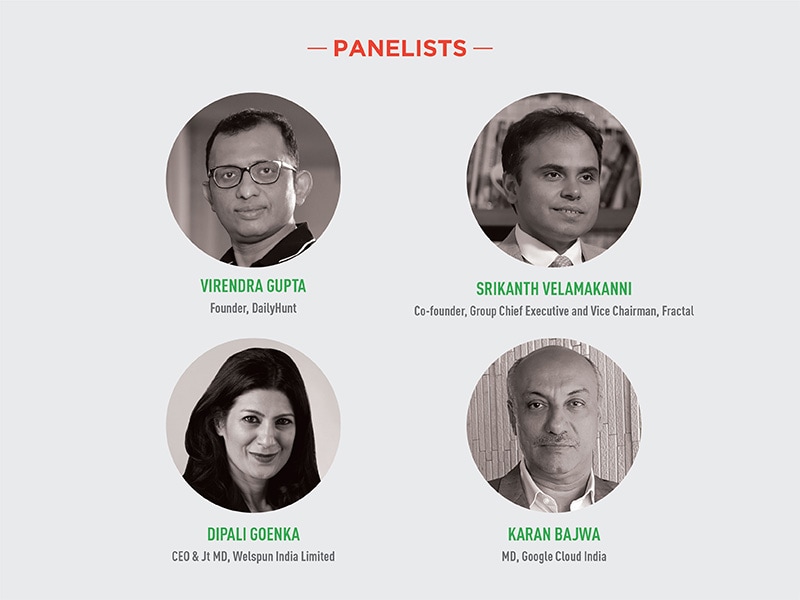
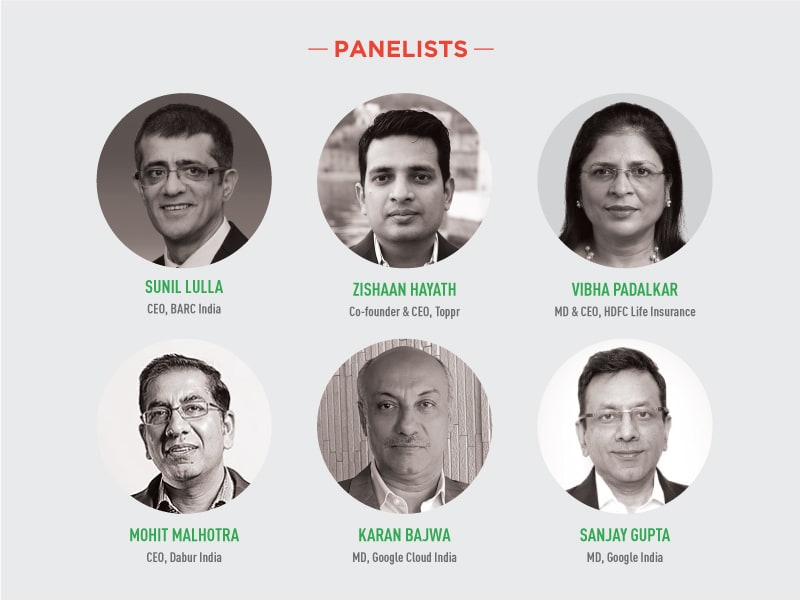
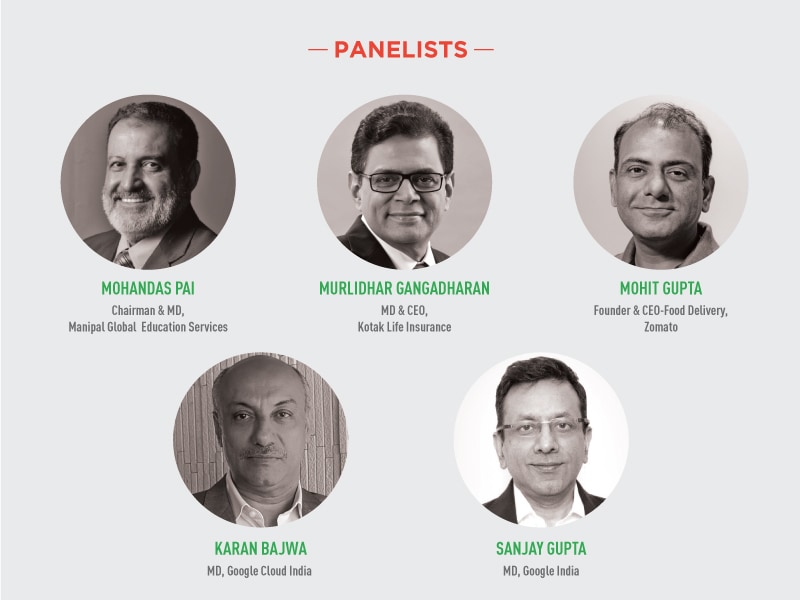
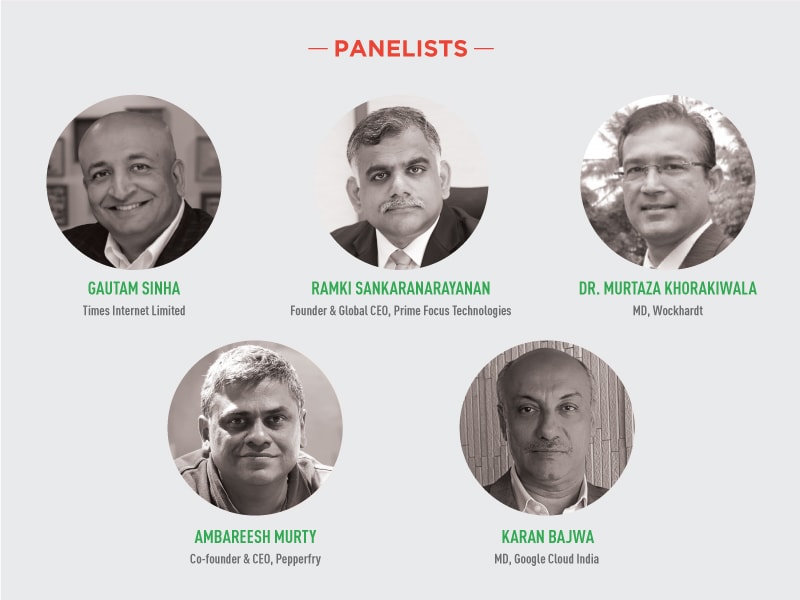
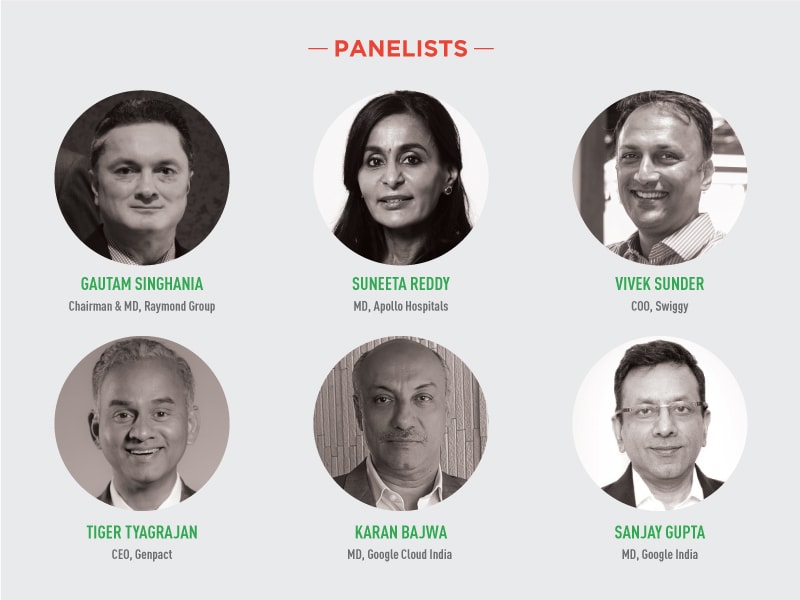

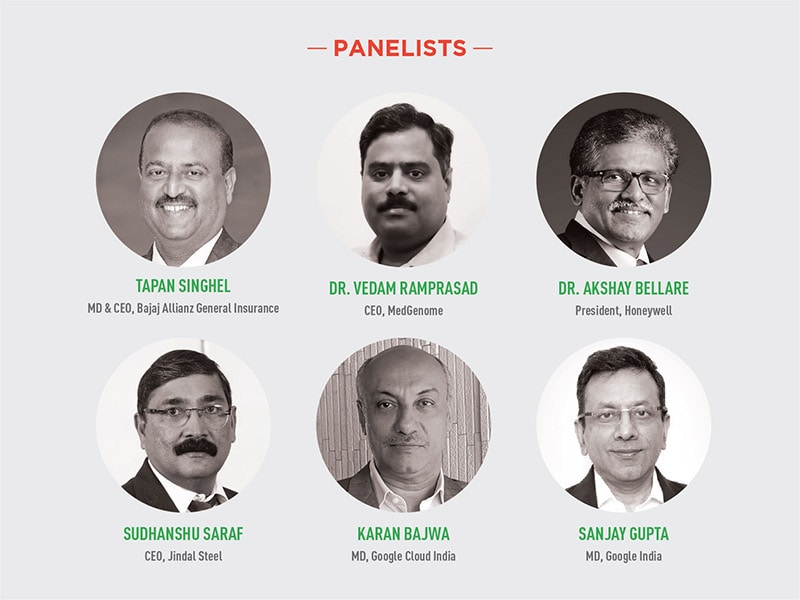
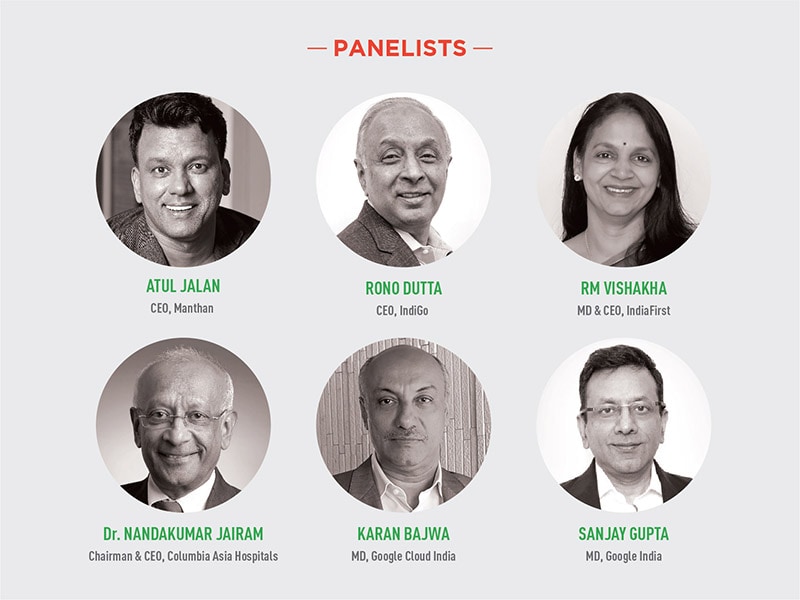
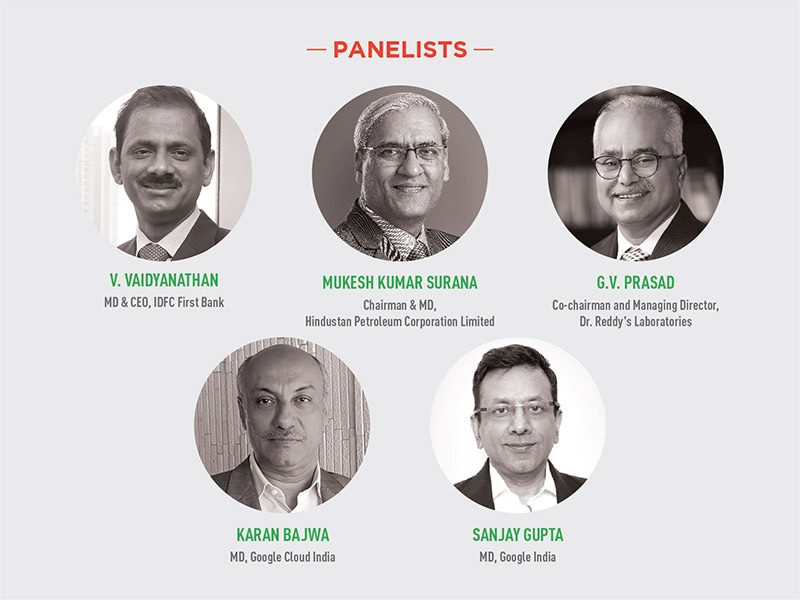
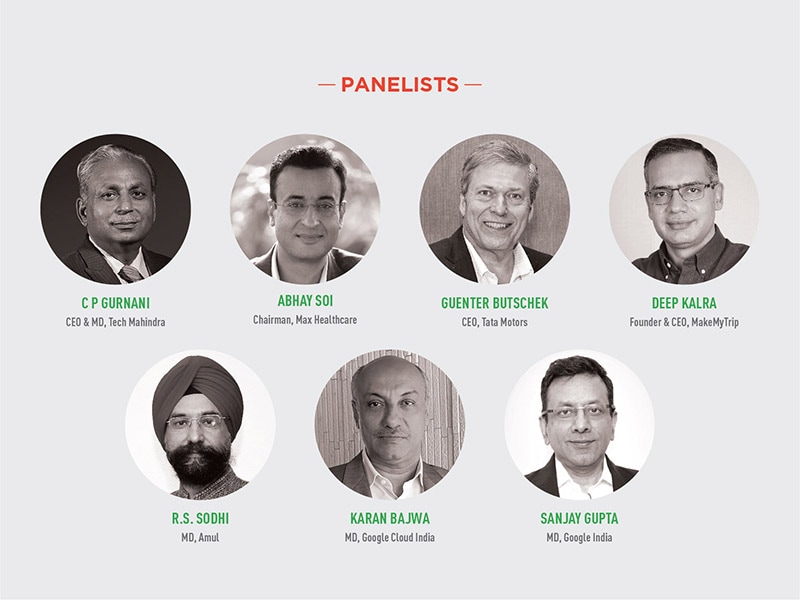
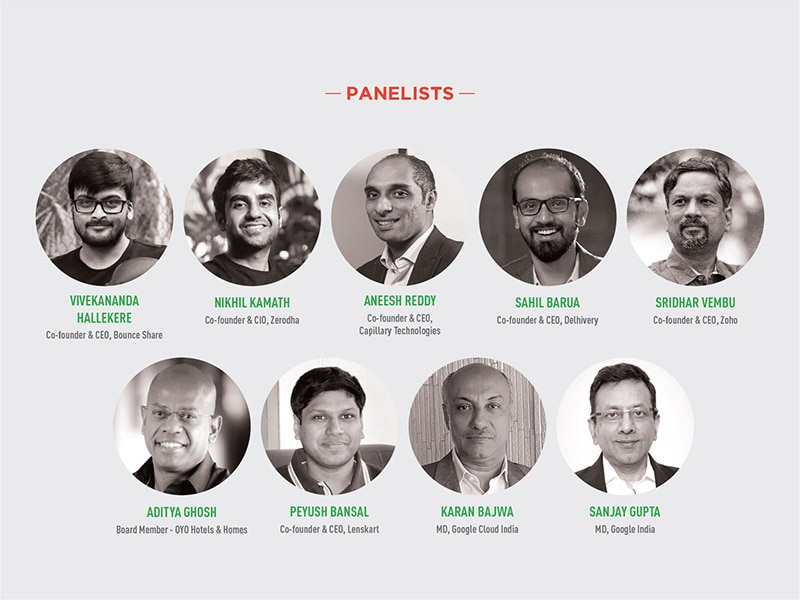
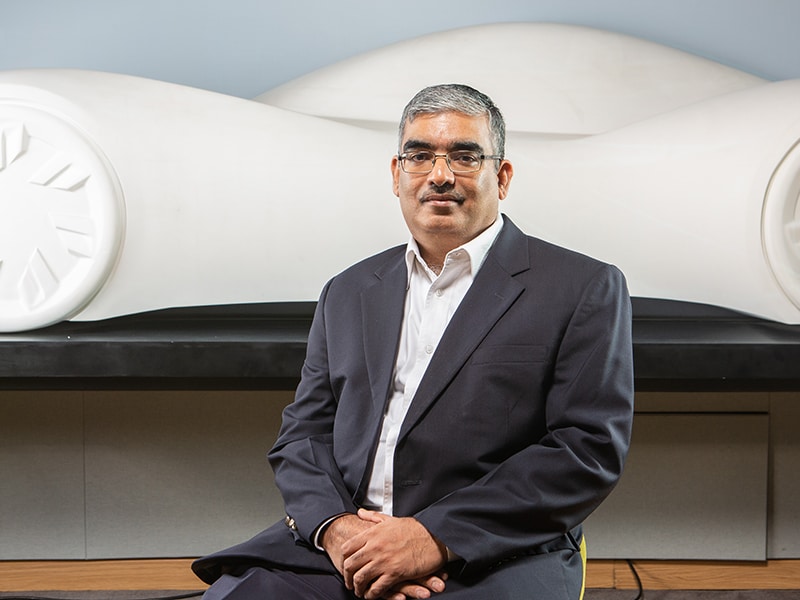
.jpg)

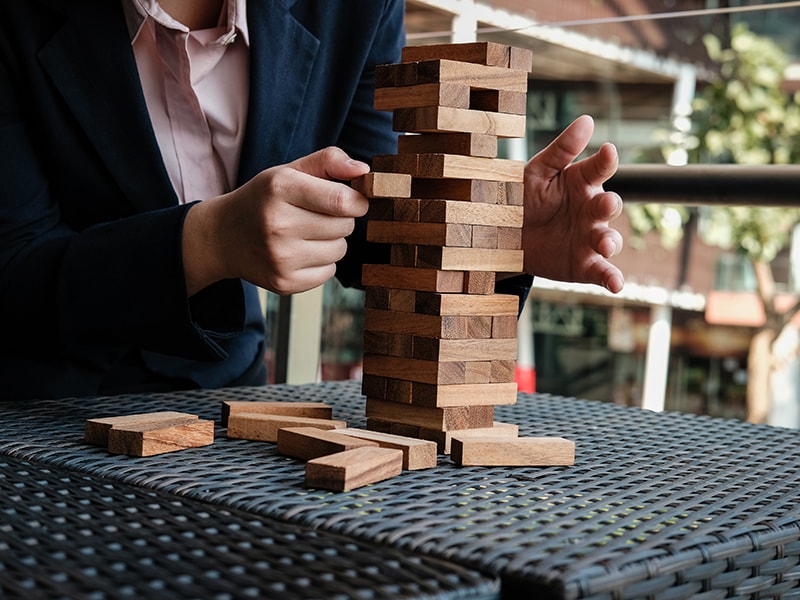
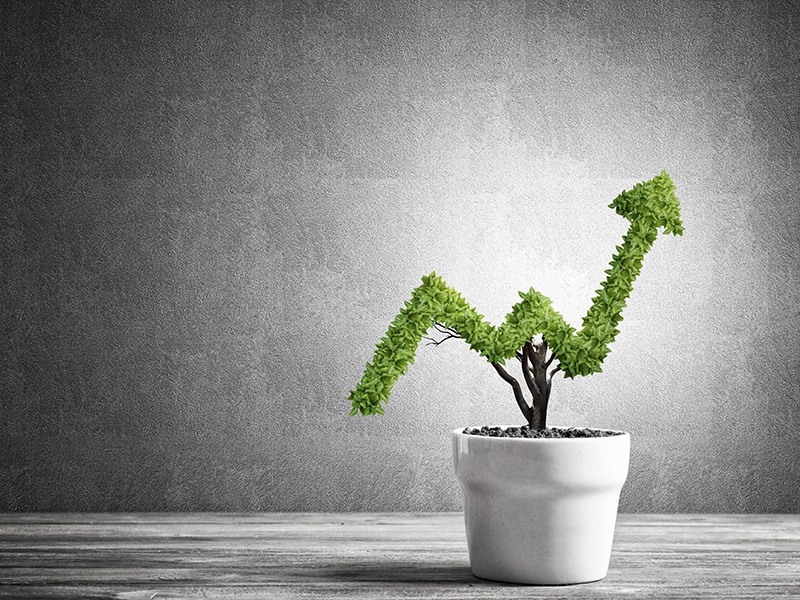
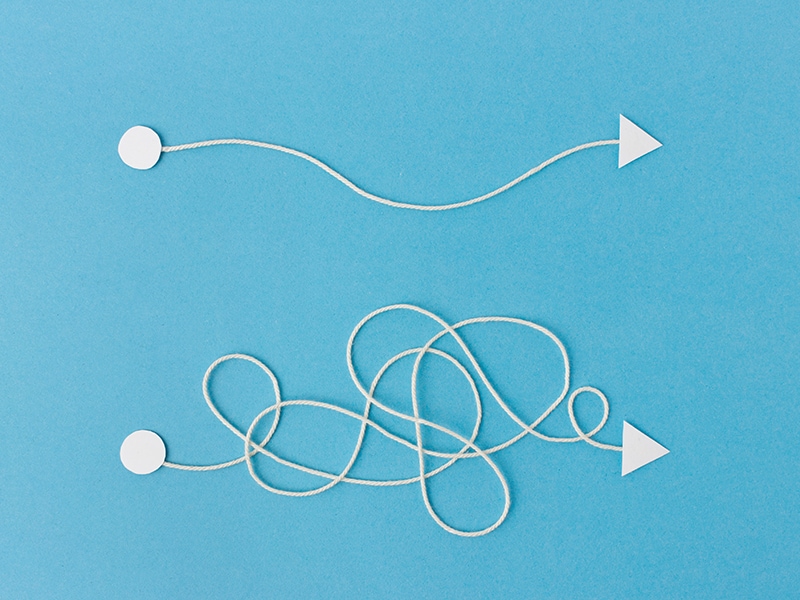
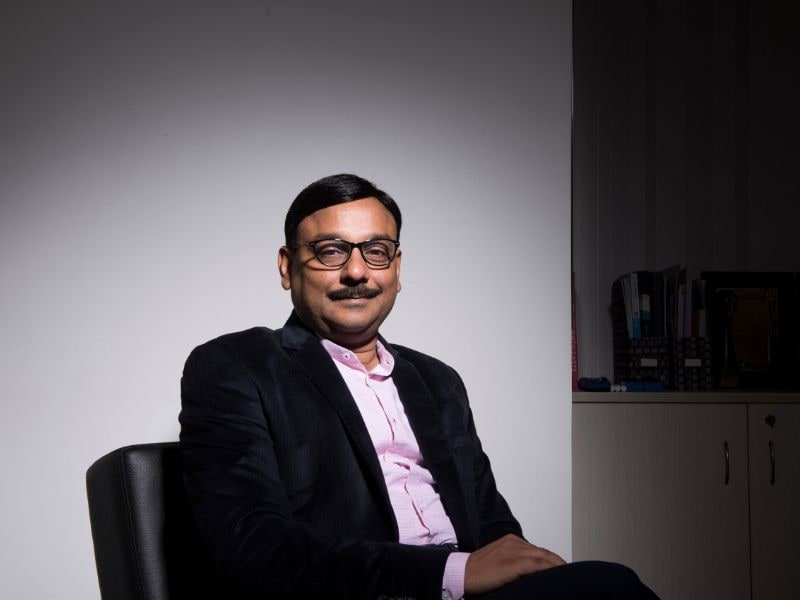


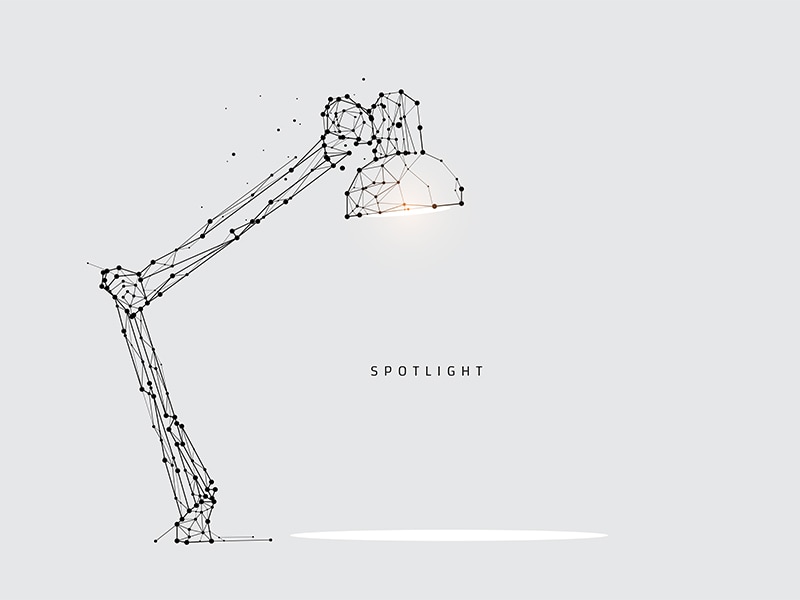
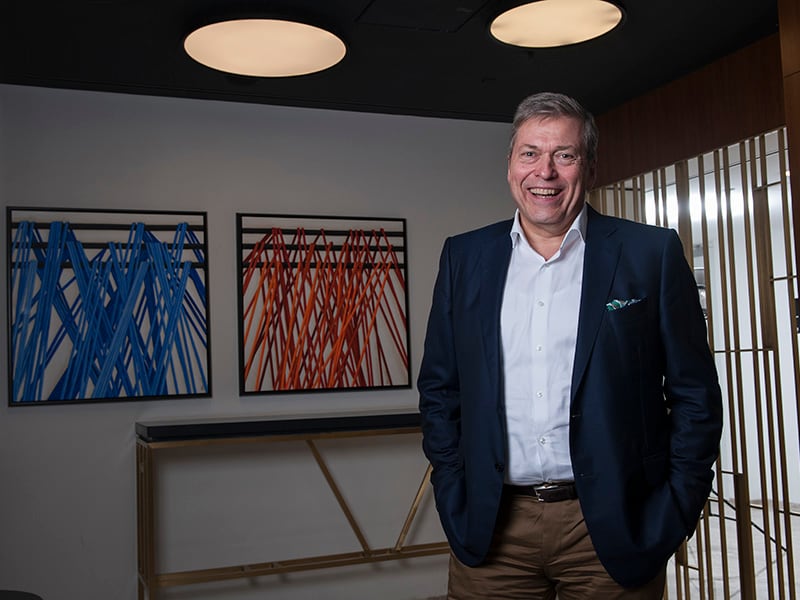
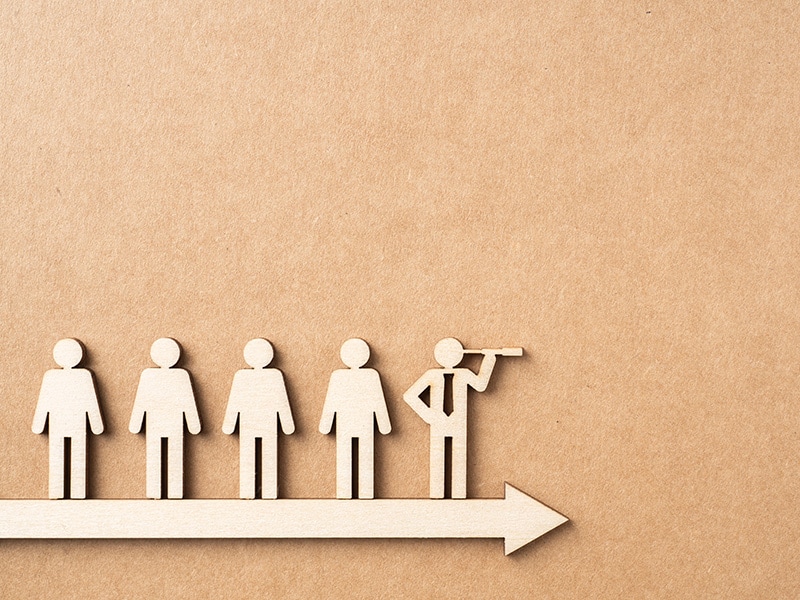
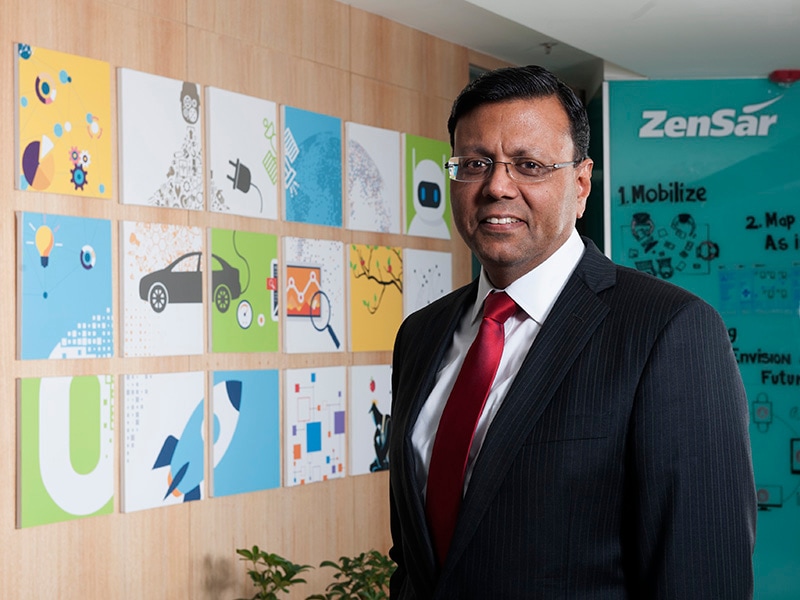
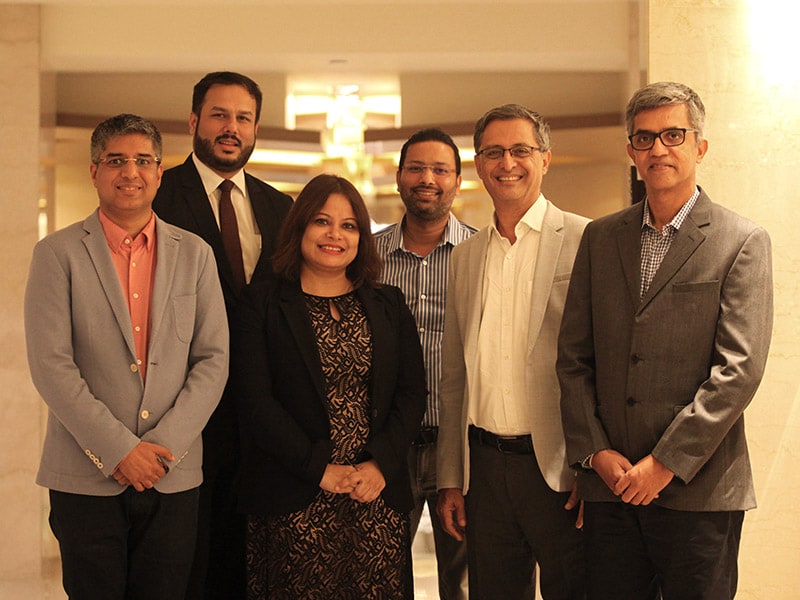
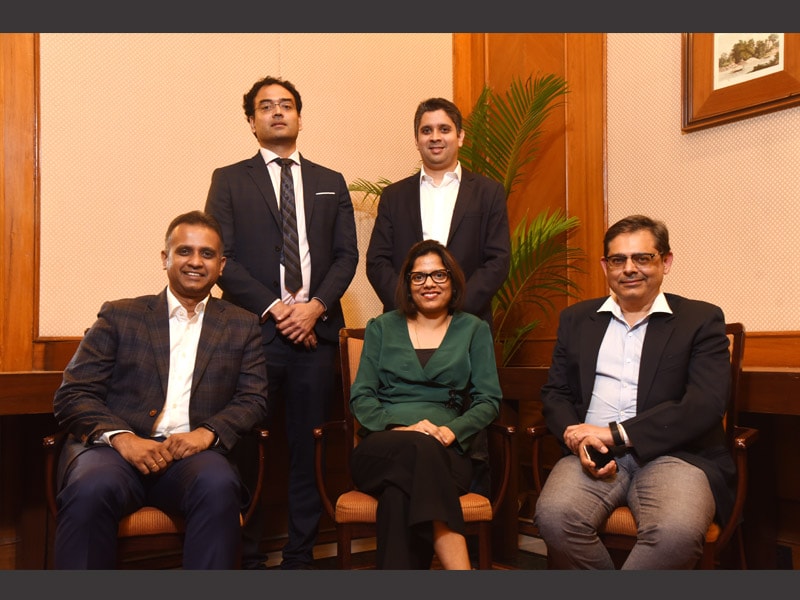


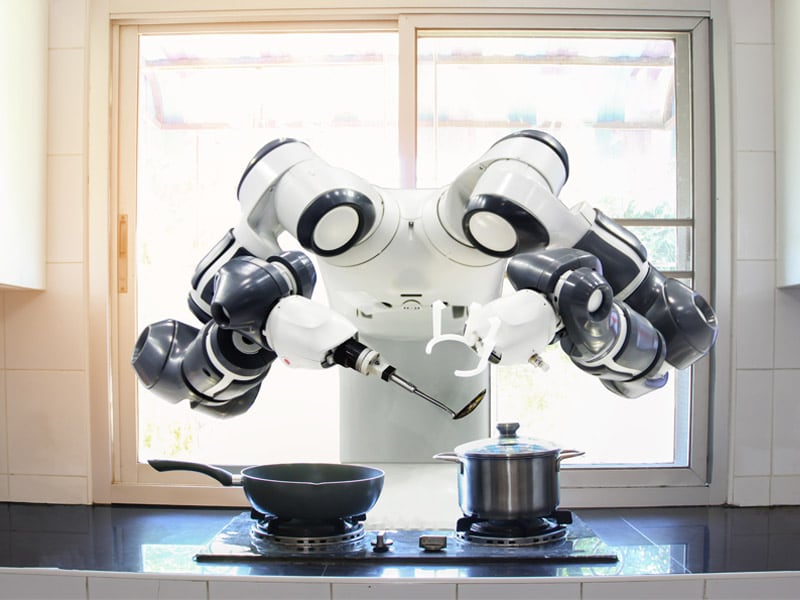
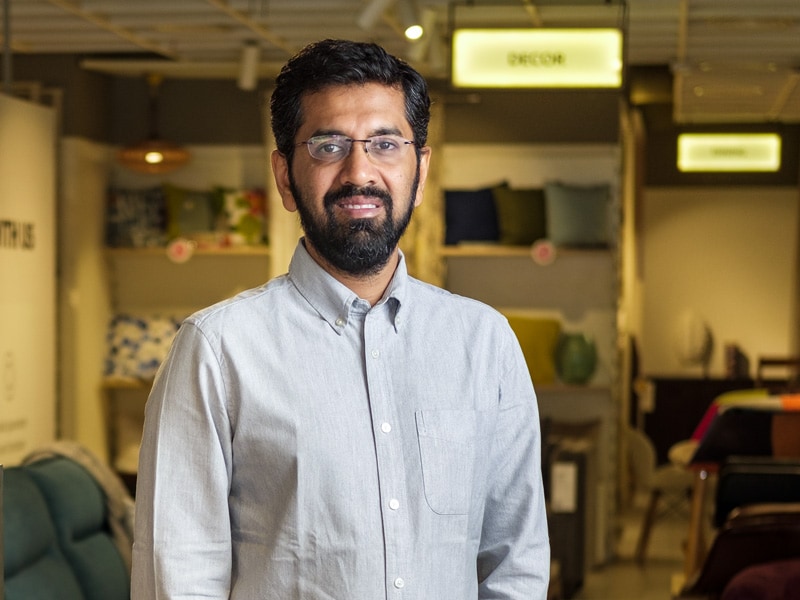
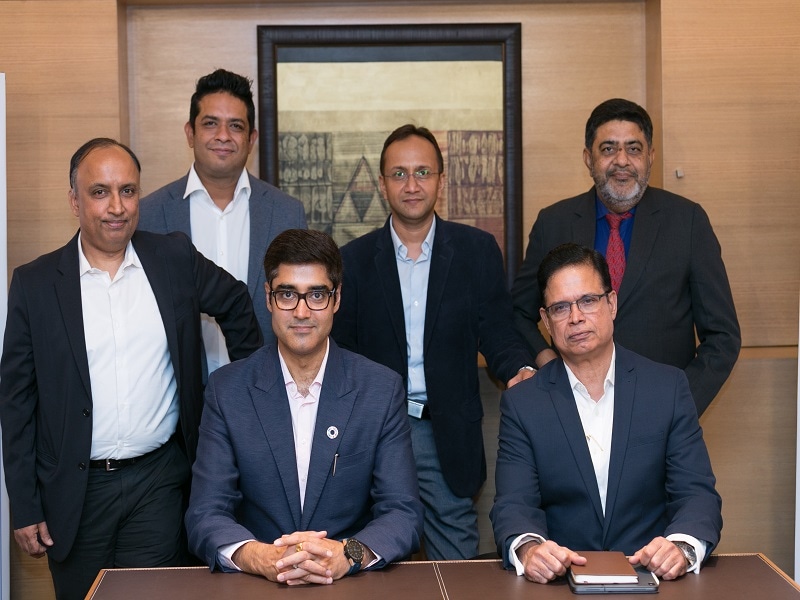

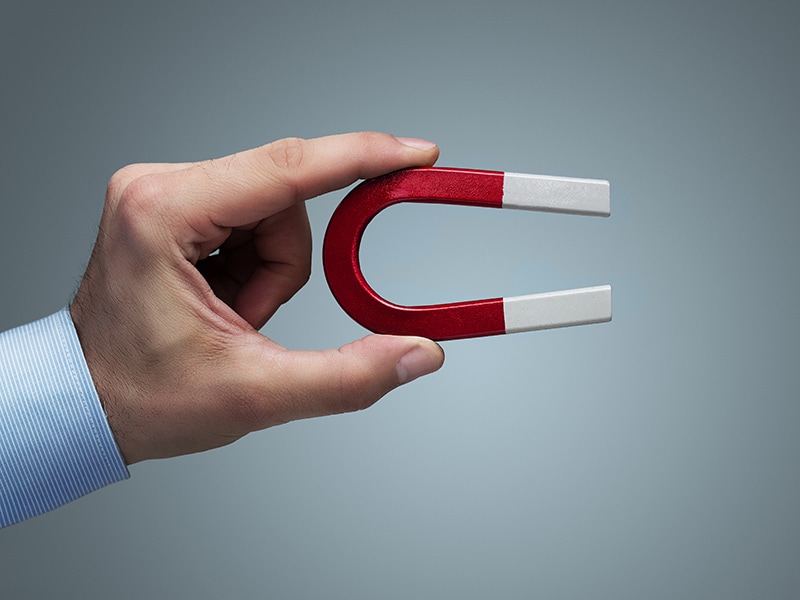
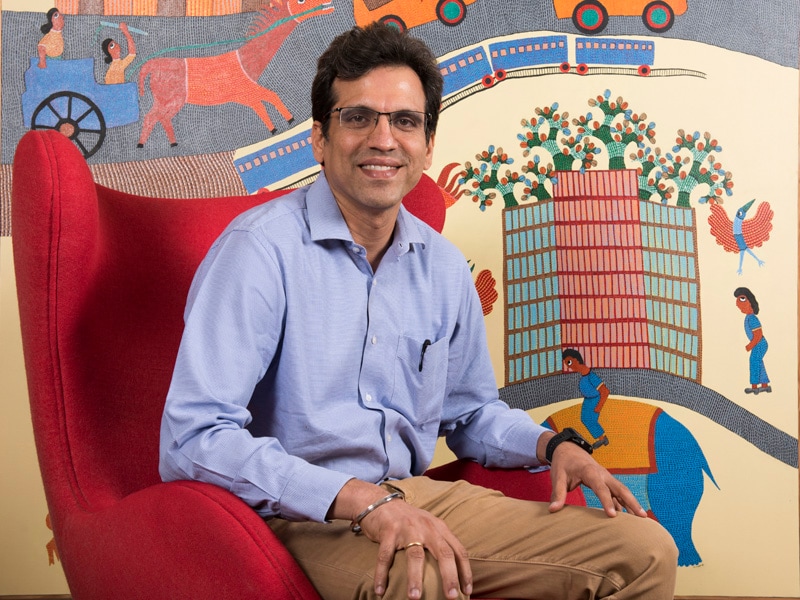
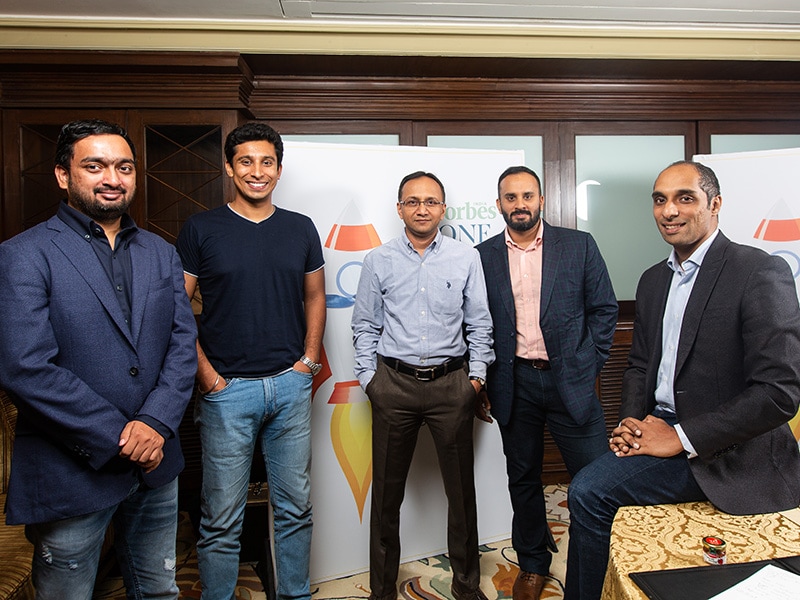

.jpg)

